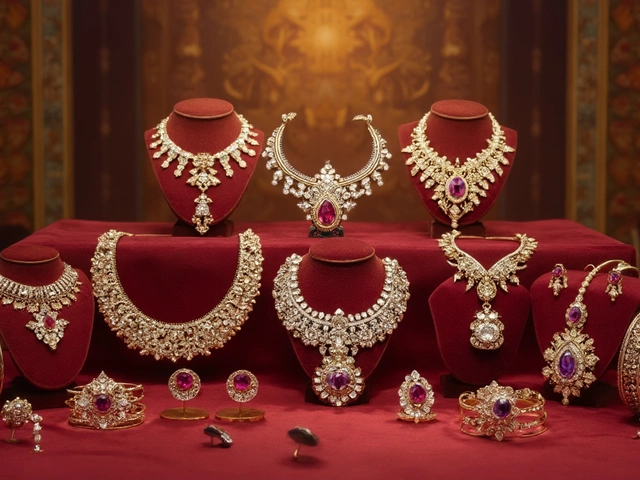Gold Investment: Easy Ways to Buy, Keep Safe, and Make Money
Thinking about putting money into gold but not sure where to start? You’re not alone. Many folks see gold as a safe bet, but the details can feel confusing. This guide breaks down the basics so you can decide quickly, buy confidently, and protect what you own.
Understanding Gold Purity and Hallmarks
The first thing to check is purity. In India you’ll see marks like 22K, 21K, or the numeric 875. The number 875 means the piece is 87.5% pure gold – that’s the same as 21 karat. Look for the BIS (Bureau of Indian Standards) hallmark; it guarantees the purity and protects you from fake items. If the stamp is missing or looks fuzzy, ask the seller for a certificate before you pay.
Why does purity matter? Higher purity usually means higher resale value, but it can also affect durability. Pure gold (24K) is soft, so most jewelry is 22K or 21K to balance shine and strength. Knowing the mark helps you compare prices accurately and avoid overpaying for low‑grade pieces.
Smart Buying, Storing, and Selling Tips
Buy from reputable sources. Trusted jewelers, certified online stores, or banks that sell sovereign gold coins all provide clear paperwork. When you shop online, check for a return policy and a hallmarks verification image. A quick phone call to the store can also confirm if they have BIS‑certified stock.
Storing gold safely matters as much as buying it. A home safe is fine for small amounts, but for larger investments a safe deposit box at a bank offers stronger protection and lower theft risk. Some investors keep a portion in a secure locker and the rest in a bank‑issued gold account, which lets you buy and sell without moving the metal.
When it’s time to sell, timing can boost your profit. Keep an eye on market rates – they’re published daily by the RBI and major bullion dealers. If the price spikes, consider selling a piece with a clear hallmark; buyers pay more for documented purity. Also, retain the original purchase receipt and any certificates; they act as proof and can raise the resale price by 5‑10%.
Don’t forget the tax angle. In India, gold held for more than three years is exempt from long‑term capital gains tax. This rule makes gold a handy tool for long‑term wealth building, especially if you plan to pass it on to family later.
Finally, diversify. Gold is a solid part of a balanced portfolio, but it works best alongside stocks, real estate, or mutual funds. Splitting your investment reduces risk and lets you benefit from different market moves.
Bottom line: pick a clear‑marked piece, buy from a trusted seller, store it securely, and watch the market before you sell. Follow these steps, and gold can become a simple, reliable way to grow your money.
Best Month to Buy Gold in India: Timing Your Purchase for Maximum Savings
Discover the smartest month for buying gold in India. Get expert tips on the best timing, seasonal price trends, and how to snag the lowest gold prices.





